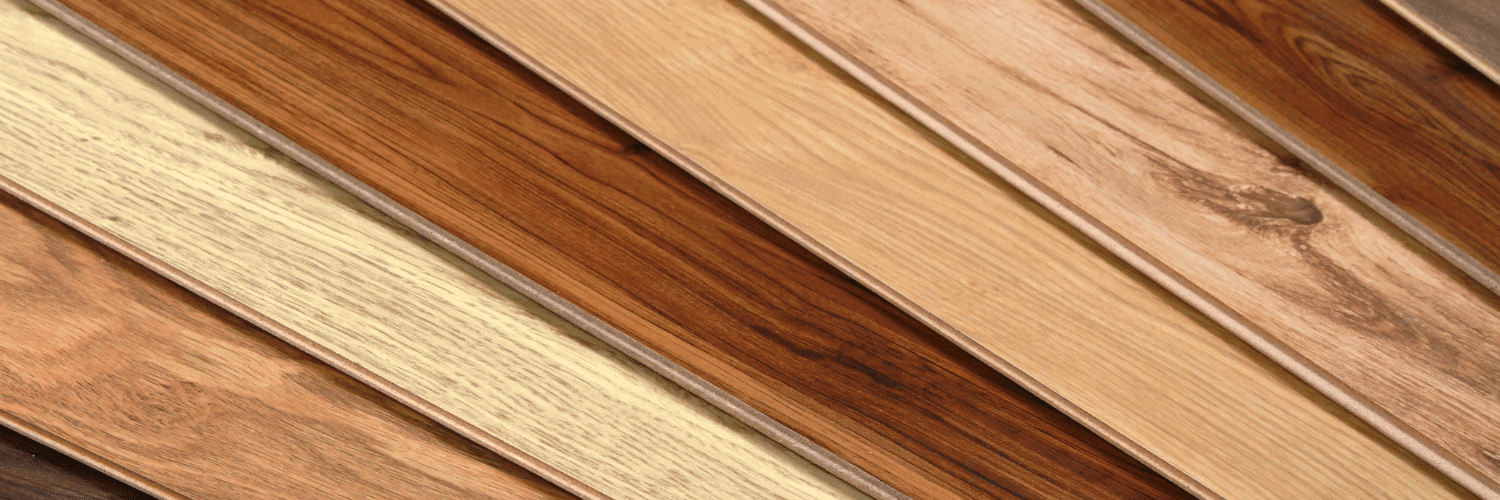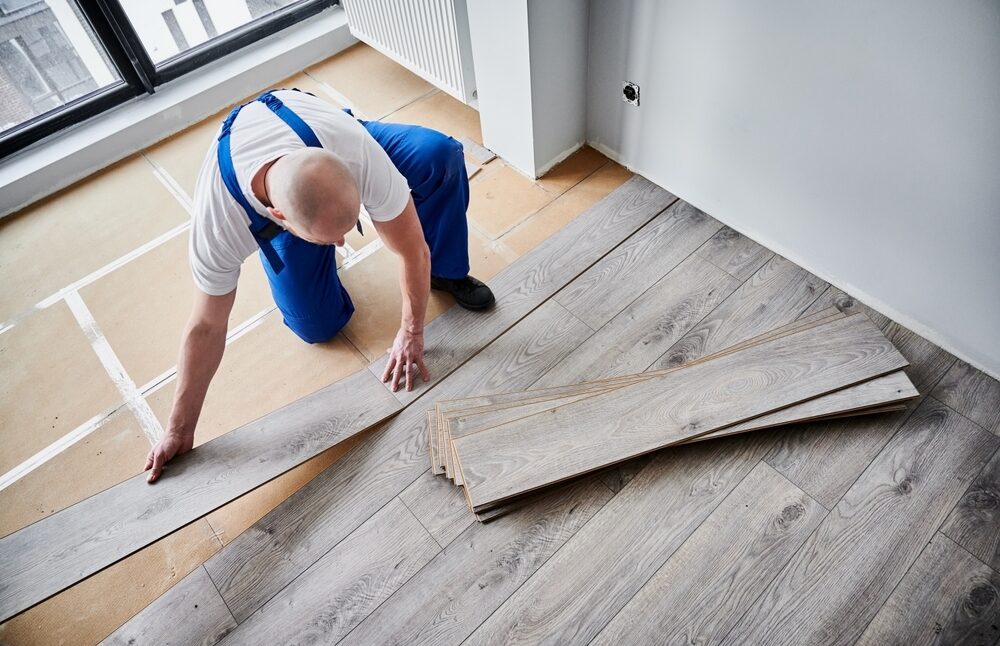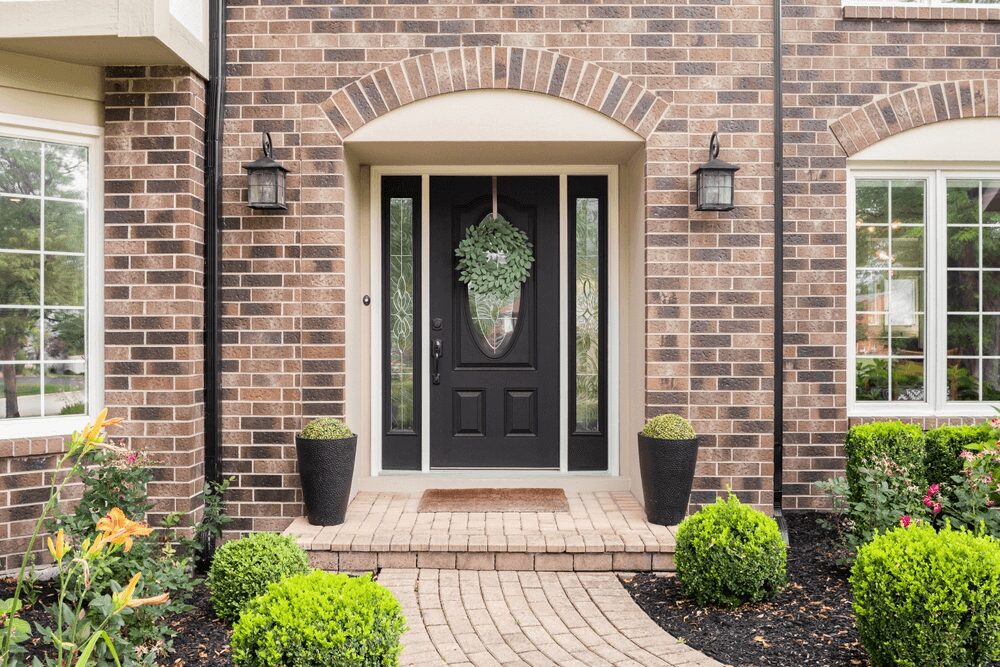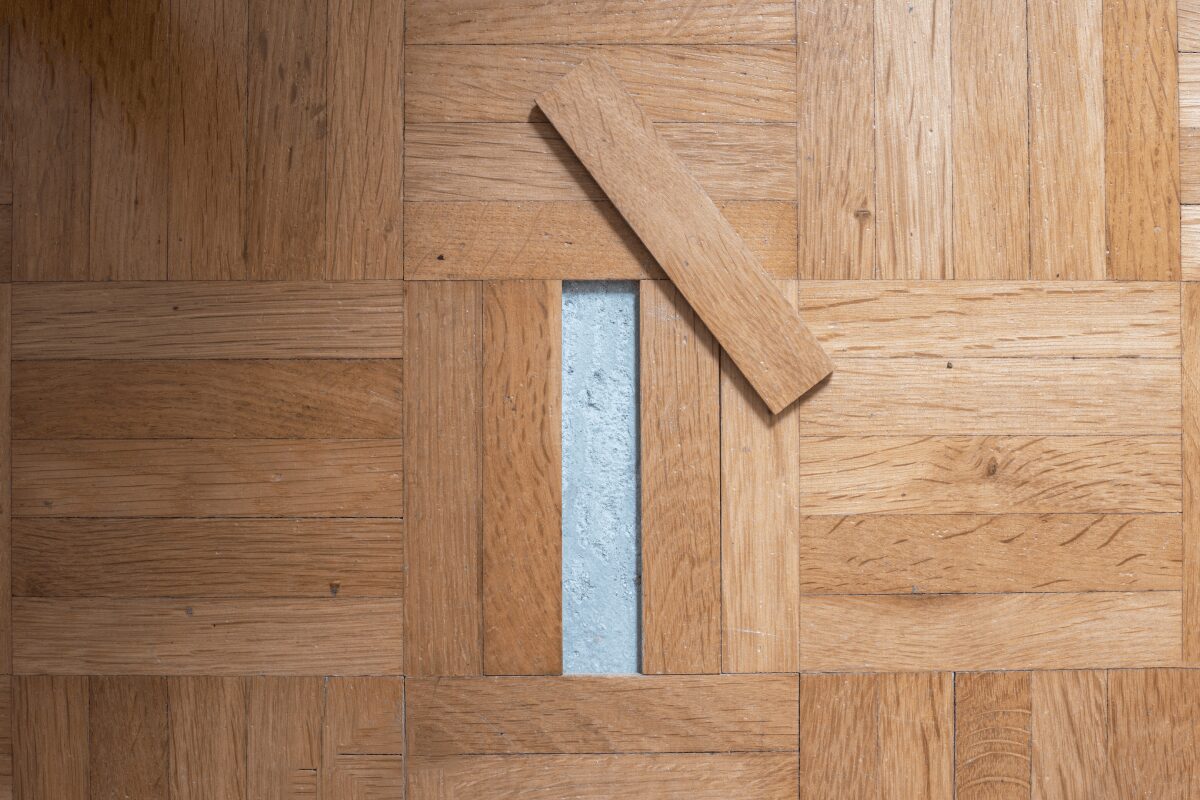If you’re in the market for new flooring, you will find that planning your flooring installation makes for a more successful project. Why, might you ask? When you’ve invested in the purchase of new flooring, you want to make sure the installation is done correctly to get the best results.
In this blog, we are going to look at the steps of what to expect and how to plan a successful flooring installation.
Step One: Selecting the Right Flooring
Buying new flooring always starts with a vision of how your new flooring will look and enhance your home’s decor. During the research process you will be looking at pictures of flooring ideas, looking at options that best fit your needs, and bringing home samples until you finally narrow down your choices to your final selection.
The Tom Adams website offers software that lets you upload pictures of your existing space to see how our flooring products would look in your home. You can test out different styles and colors to make sure the flooring you pick isn’t too light or dark for your space.
You should also take a sample of your flooring choices home to check how they look in your home’s light. The lighting will change throughout the day, so be sure to look at the sample in the morning, afternoon, and evening to make sure you’re happy with the look.
In almost all cases, you should have a professional install your new flooring, unless you are seasoned do-it-yourselfer. Proper flooring installation is vital to how your floor looks. No one wants to spend their money on a great product only to have flooring improperly installed. Improper installation not only gives a bad appearance but may void any warranty.
Step Two: Site Assessment
Before you begin a flooring installation, it is helpful to have a site assessment done so the installer can see the space and check for any potential issues that would affect the installation. There are a few things the installer will look at.
Proper Floor Measurements
During the assessment, the installer will confirm the proper floor measurements. This will ensure that you have ordered enough material to complete your flooring installation and will not lose any time in ordering more supplies. The expression “twice measured, once cut” really makes a difference here.
Industry standards for hard surface flooring such as wood, tile, laminate, and luxury vinyl are to add 3-5% extra that may be waste, based on the width and size of the plank, pattern or tile to the net measure of the area to be covered. This will allow for cutting and waste.
Rolled goods such as carpet and sheet vinyl may have up to 15% waste due to the room sizes and seam placements and pattern repeats.. Because of this, we suggest that you speak about seam placement at the time of ordering. The way your lights, furniture and traffic flow should be discussed in regards to seam placement.
Subfloors
The next order of business is to decide what type of subfloor you will be installing over. Hard surfaces like hardwood and tile, require a much more in-depth preparation to ensure quality flooring installation. One of the largest issues with hard surface flooring not being installed over a properly prepared floor is imperfections in the subfloor showing through. Also, the type of installation (glue-down, nail-down or float) may dictate whether you remove the old floor or subfloor and install a new subfloor to ensure proper installation.
New carpet, on the other hand, can be installed virtually over any type of subfloor. Carpets can be installed over hardwood, plywood, particleboard, cement, vinyl, sheet vinyl, tile, but never over old carpet. Because carpet is generally installed over a cushion or padding, many subfloor irregularities are covered or hidden. But, if you are installing carpet as a direct glue-down, additional work will be needed to prep the area.
Step Three: Removing the Old Flooring and Common Issues
If you are removing old carpet and installing new, very little flooring installation prep is needed. On the other hand if you are removing old hard surface flooring or carpet and installing a new hard surface flooring, you will want to take an in-depth look to make sure all possible potential problems or issues are addressed. Many floor tiles and sheet vinyl installed prior to 1980 may have asbestos and, if possible, should be removed by professional asbestos flooring removal experts. Never, under any circumstance, should you sand sheet vinyl or floor tile.
Carpet and pad surely can hide any potential issues that can’t be seen until after they are removed for the new flooring installation. But, there may be other issues to address when it comes to subflooring. Here’s a look at the most common and how to address them.
Concrete Floors with Moisture Issues
If there is moisture in your installation area, you should have a moisture test done to determine what is needed to remedy the problem. Depending on the type of flooring you have chosen, a six-mile moisture barrier can be used to help remedy the situation if it is a floating floor. But, if the floor is one that will be glued down, a premium adhesive moisture barrier will be needed before flooring installation.
This is all based on where the moisture is coming from and how many pounds of moisture there are. Anything over 3 lbs can be an issue. Also, moisture can occur where it previously didn’t exist based on the water table going up and down and how the ground around your home is angled. Ask your flooring store professional. They should have an answer and solution, but it will raise the cost of installation.
Particle Board Sub Floors
Particle board subfloors used to be commonplace in new construction in the 1970s and 1980s under carpets, as it was a less expensive subfloor option than plywood that many builders at that time used. If you are replacing a carpet with a new carpet, you generally will not need any additional prep. But, if you are installing a hard surface flooring, your only option would be to use a floating type of hardwood, laminate, or luxury vinyl tile or plank. If you are using a glued down or nailed down flooring, the particle board will need to be removed and covered with a ¾” or ⅜” plywood based on job conditions and what type of flooring adjoins that area for a cleaner transition.
Uneven Sub Floors
Once again, carpet can hide most irregularities in your subfloor. But, if installing hard surface flooring, you may need to grind down high spots, patch low spots, or use a self-leveling patch. The industry standard for a flat floor is no more than a raise in floor 3/16” over a 10’ radius. Again talk to your flooring professional at Tom Adams to find out if and what options are available.
Rotted Floorboards or Water Damaged Plywood
Short and sweet, if you have either rooted floorboards, water-damaged plywood, or cracked concrete or gypcrete, they will need to be replaced or fixed.
Mold
Any sign of mold should be addressed immediately by scrubbing the surface mold stains from walls, subflooring, and wood trim. You should use a mixture of 1 quart of water and ½ cup of bleach. Using a soft brush, work until you see the signs of mold start to disappear. Using a mold removal expert will ensure the job is done safely and the mold will not return.
Asbestos Flooring
Although generally found in 9” x 9” vinyl tiles or vinyl sheet installed prior to 1985, asbestos flooring is not considered to be harmful unless it is releasing dust or fibers into the air. These can be inhaled or ingested. If needed, asbestos flooring can be safely removed by a state-licensed asbestos abatement company.
Why Work With a Flooring Company?
Working with a flooring company who specializes in flooring materials and flooring installation helps you tackle any potential problems before they start. Hiring a professional installer ensures quality results that will keep your flooring looking amazing for years to come. The beauty of the floor is in the details, from transitions, moldings, directions, seams, and accents, and includes the removal of the existing floor to recycler or dumpster.
Why Choose Tom Adams Windows and Carpets
At Tom Adams Windows and Carpets, we’ve been providing homeowners with the best residential flooring products and installation for over 65 years. We value our customers and will help you find the right flooring for your home or budget and install it correctly. Our installation warranty based on product can be from one-year labor to a LIFETIME warranty. Contact Tom Adams Windows and Carpets today for your free in-home estimate.






